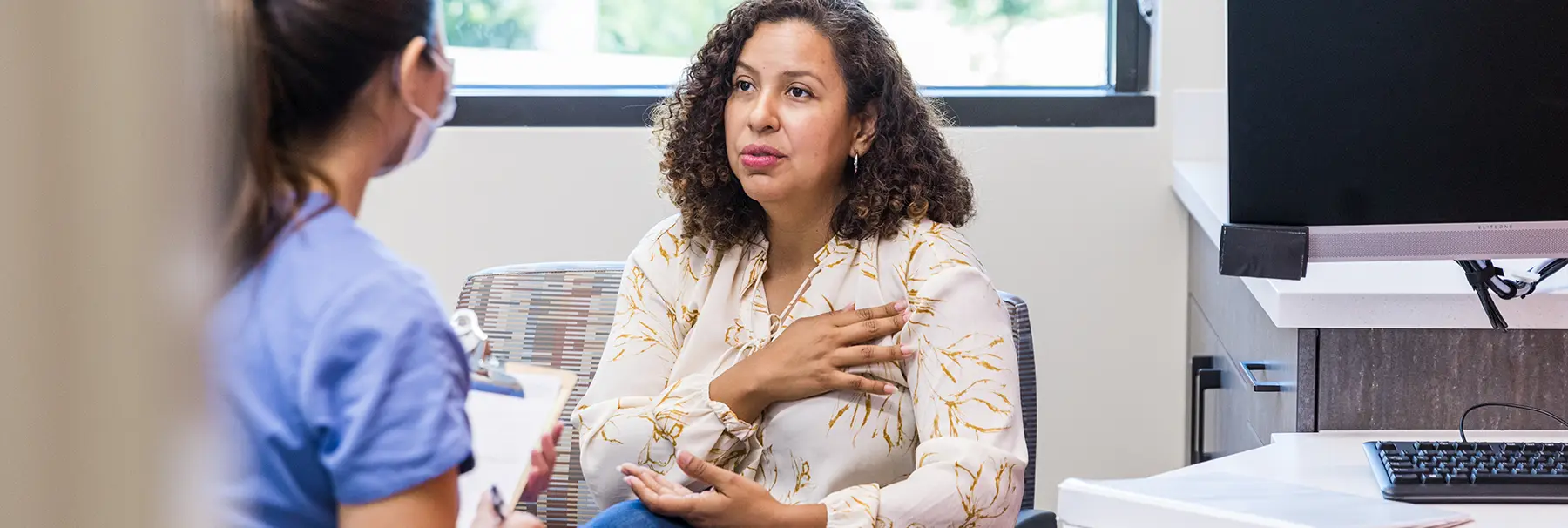Is Bursitis Causing My Joint Pain?

Many painful conditions and injuries look and feel like bursitis. The areas in the body that are commonly affected are the shoulder, elbow, and hip, and sometimes the knee, ankle, heel, and big toe. Swelling and aching near these joints develop when the cushion surrounding them (fluid-filled sacs called bursae) gets inflamed. These joints endure repetitive motions and positions that put pressure on the bursae, resulting in pain that can come on suddenly or increase gradually over time.
What does bursitis feel like?
The affected joint may look red and swollen with a visible bump. The pain feels like aching and stiffness that worsens with movement and applied pressure.
What causes bursitis?
The overuse of certain joints can trigger bursitis. Such activities include:
- running
- repeatedly lifting something overhead
- playing tennis, golf, or baseball
- leaning on the elbows
- long-term kneeling (while gardening or carpet laying, for example)
- labor-intensive and repetitive jobs (like carpentry, tile setting, painting)
- practicing a musical instrument
- scrubbing, shoveling, and raking
Conditions like arthritis, rheumatoid arthritis, gout, diabetes, obesity, and infection can also lead to bursitis.
An orthopedic or sports medicine specialist can discuss your medical history, symptoms, and lifestyle; conduct a physical exam, and order tests to diagnose this inflammatory condition. To rule out other sources of joint pain and inflammation, your doctor may order an x-ray, ultrasound, and/or MRI; a blood test; and an analysis of fluid withdrawn from the inflamed bursa.
How do you treat pain associated with bursitis?
Once you’ve been diagnosed with bursitis, you can take steps to reduce your pain and the need for anti-inflammatory medication.
At-home remedies:
- Allow the affected area to rest and recover.
- Practice the RICE method daily (rest, ice, compression, and elevation).
- Apply dry or moist heat with a heating pad or bath (not an effective substitute for ice).
- Adjust your sleep position to reduce weight and pressure on the affected joint.
- Use an assistive device, like a walking cane, to lighten the load on an affected knee, ankle, or foot.
Your doctor may recommend one or more of the following bursitis treatments:
- Over-the-counter anti-inflammatory medicine (like Advil or Motrin) can be used for short-term relief.
- Electrical stimulation therapy is painless and conducted in-office or at home with a transcutaneous electrical nerve stimulation (TENS) device.
- Steroid Injections (like cortisone and triamcinolone) at the affected site can temporarily reduce inflammation but cannot be repeated more than a few times within 12 months.
- Doctors often prescribe physical therapy to help patients improve mobility and avoid/modify everyday activities that inflame the affected joint.
- You may need surgery if other treatments are unsuccessful in reducing bursitis pain.
Avoid a recurring injury
Once bursitis inflammation goes down, the pain, swelling, and stiffness subside. You may soon forget about your episode of acute bursitis as you return to your normal physical activities. But, if you resume the same repetitive movements that triggered the condition, the injury and inflammation can return and develop into chronic bursitis.
How to prevent bursitis from returning or worsening:
- A physical or occupational therapist can teach you movement modifications to avoid re-injury while you work, maintain your home, and enjoy physically active hobbies.
- Exercise the muscles surrounding the affected joint, improving its protection and support.
- If you are fighting bursitis in the knee, use knee pads or a cushion when you need to kneel for long periods.
- If your hips are a source of bursitis, bend your knees when you lift heavy objects.
- If the inflammation developed in your shoulder(s), use a dolly or a wheeled cart to carry heavy loads.
- Before strenuous activities, warm up with gentle stretches that loosen muscles and tendons.
- Take frequent breaks from repetitive physical tasks to rest, shift your posture, or move your body in a different way before returning to that task.
- Maintain a healthy weight to avoid putting more stress on your joints.
Written by Dana Kantrowitz, a contributor for UHealth’s news service. Medically reviewed by Stephen Noel Henry, D.O., an orthopedic sports medicine specialist with the University of Miami Health System.
Tags: bursae, bursitis, Dr. Stephen Henry, joint pain, shoulder pain
